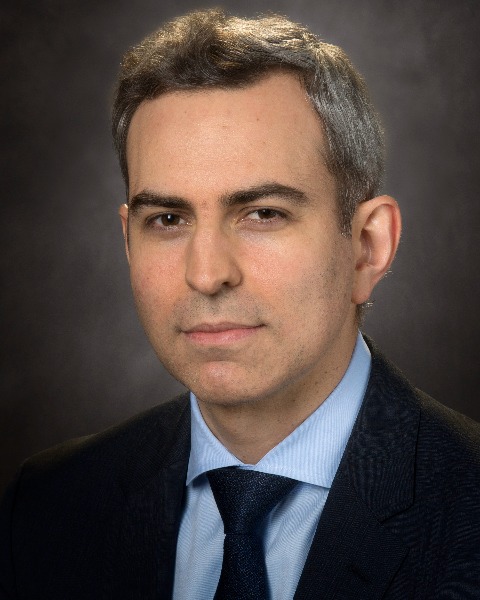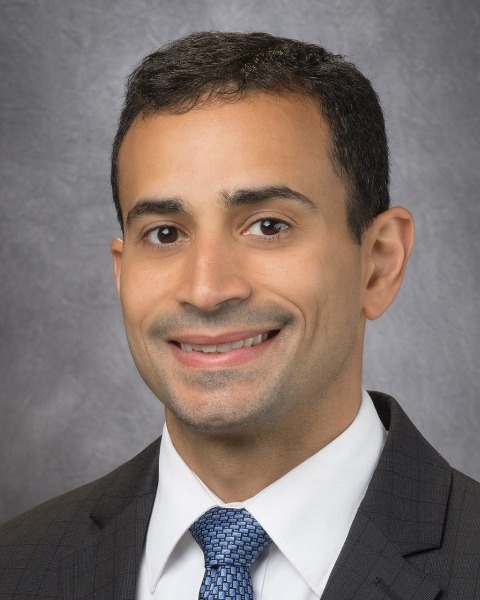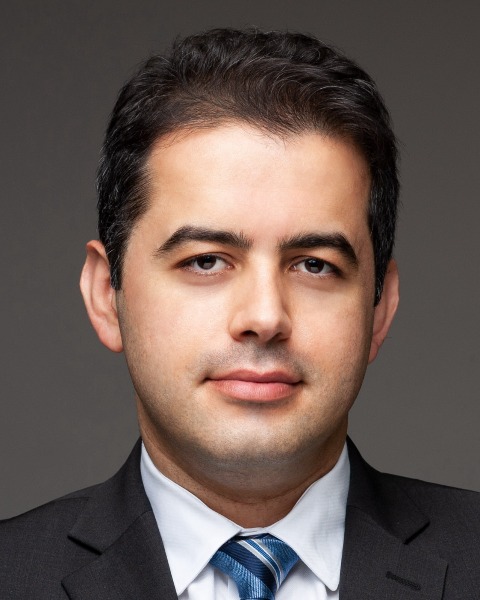SIR 2025
Venous Interventions
Scientific Session
Outcomes of Portal and Superior Mesenteric Vein Stenting in cancer patients: An analysis of 250 stents

Koustav Pal, MBBS (he/him/his)
Postdoctoral Research fellow
MD Anderson, United States- KS
Ketan Shah, MD
Assistant Professor
MD Anderson, United States - MP
Milan Patel, MD
Assistant Professor
MD Anderson Cancer Center, United States 
Varshana Gurusamy, MD
Attending Physician
MD Anderson Cancer Center, United States
Ravi Murthy, MD MMM
Professor
MDACC, United States
Steven Y. Huang, MD, FSIR
Professor
The University of Texas MD Anderson, United States.jpg)
Stephen Chen, MD
Associate Professor
MD Anderson, United States
Alda Tam, MD, FSIR
Professor
MD Anderson Cancer Center, United States
Bruno C. Odisio, MD, PhD, FSIR (he/him/his)
Professor
MD Anderson Cancer Center, United States
Zeyad Metwalli, MD (he/him/his)
Associate Professor
MD Anderson Cancer Center, United States- KA
Kamran Ahrar, MD
Professor
MD Anderson Cancer Center, United States - SG
Sanjay Gupta, MD, FSIR
Professor and Chairman of the Department of Interventional Radiology
MD Anderson Cancer Center, United States 
Peiman Habibollahi, MD, RPVI
Associate Professor
MD Anderson Cancer Center, United States- RS
Rahul A. Sheth, MD, FSIR
Associate Professor
MD Anderson, United States - JK
Joshua D. Kuban, MD, FSIR, MA
Associate Professor
MD Anderson Cancer Center, United States
Presenting Author(s)
Author/Co-author(s)
To evaluate safety, efficacy, and clinical outcomes following portal vein (PV) or superior mesenteric vein (SMV) stenting for treatment of cancer patients with symptomatic portal hypertension and thrombosed or stenotic PV or SMV.
Materials and Methods:
This single-center, retrospective study evaluated outcomes following stenting in cancer patients with thrombosed or stenosed PV or SMVs. Records were collected from an institutional database with procedures dating from August 2016 to September 2024. Outcomes included stent occlusion rates and overall survival (OS). A volumetric analysis of liver and splenic volumes was performed using automated deep-learning tools. A competing risk analysis was done for stent occlusion with death taken as a competing event.
Results:
A total of 231 patients underwent 249 procedures in which the PV or SMV were stented. 58% of the patient cohort were male. The two most common cancer types were pancreatic adenocarcinoma (64%), and cholangiocarcinoma (23%). All patients received prior chemotherapy; and a subset were post-Whipple’s procedure (n=30/231, 13%) (table 1). Most stents were placed in PV (228, 92%), while the others were in the SMV (21, 8%). Tract closure was performed with coils (133,53%), coils and glue (103,41%), coils and obsidio conformable embolic (10, 4%), or with other devices (3, 2%). The cohort's median OS was 139 days (95% confidence interval: 93 days to 206 days), while there was no significant difference in OS between patients with in-stent thrombosis compared to those without (p=.84). The cumulative incidence of stent occlusion was 18% at 6 months whereas the cumulative incidence of death was 35.6% at the same time point. For a subset of patients with robust imaging follow-up (n= 65), there was a significant increase in liver volumes (p=.011) and decrease in splenic volumes (p=.0013) after the procedure. 35 patients required stent revision. There were no major complications (CTCAE 3 or greater).
Conclusion: In cancer patients, stenting of the PV and SMV is safe and provides a significant increase in liver volume.


.jpg)